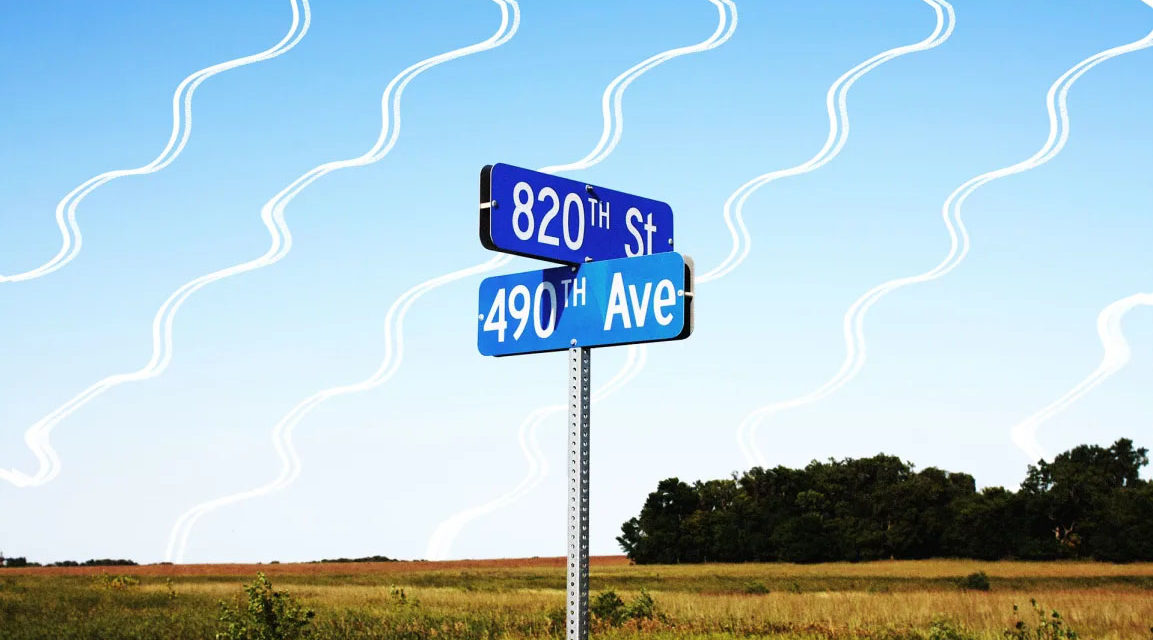[Photo: Flickr user John Brian McCarthy]
BY ROB PEGORARO
Source: www.fastcompany.com, March 2020
Many obstacles have stood in the way of high-quality internet access reaching folks in the boonies. But a new report says that there are finally signs of progress.
Traditionally, the story of rural broadband in America has ended with a two-letter word: no.
No, the local cable or phone monopoly isn’t going to extend service to this county or that town. No, the satellite broadband that does reach there isn’t going to get rid of its data caps or sluggish latency. No, states won’t let anybody but incumbent telecom providers enter the market.
A new report from the Pew Charitable Trusts, however, suggests the future might be less bleak. ‘How States Are Expanding Broadband Access,’ published last week by that Washington nonprofit, looks at recent developments in nine states and finds both reason for optimism and lessons to share.
The first lesson among them: No one connectivity technology or funding mechanism that will bring broadband to the Great Unwired.
“One of the key findings in our report is that this is a multi-faceted challenge and there is no single solution,” summed up Kathryn de Wit, manager of Pew’s broadband research initiative, in an email sent by a publicist. Put aside 5G hype; she added that wireless technology remains mostly a last-mile solution at the end of conventional wired connectivity, saying “there’s a lot of wire in wireless.”
Much of the advice here could be fairly summarized as “do representative government right.” As in, practice the consensus-building and accountability methods that would figure in any playbook for a public-funded, multi-stakeholder project.
But if you establish measurable goals, have a governor or influential legislators champion broadband expansion, ensure that dedicated and visible staff oversee the program, and loop in both existing private actors (internet providers, electric utilities, tech firms) and local governments and advocates, good things can happen.
Take the case of Minnesota, which has a goal of “border-to-border broadband” with download speeds of 25 megabits per second and uploads of 3 Mbps (the Federal Communications Commission’s definition of broadband) by 2022 and 100/20 Mbps statewide by 2026.
THE SHARE OF MINNESOTA HOUSEHOLDS WITH 25/3 MBPS BROADBAND HAS GONE FROM 86% IN 2015 TO 91%.
So far, the state has invested $85.2 million in public funding—2019’s recipients include rural telephone companies and electric utilities, tribal governments as well as big-name telcos like CenturyLink and Charter—to leverage another $110.6 million in spending to get 34,000-plus households and 5,200 businesses online. As a result, the report says, the share of Minnesota households with 25/3 Mbps broadband has gone from 86% in 2015 to 91%. And the share with 100/20 Mbps access has almost doubled, zooming from 39% in 2015 to 74%.
The report doesn’t address how many of those households got online without the help of those subsidies, but notes that the state allows internet providers to challenge any of the grants “by demonstrating that they provide service or have begun construction on broadband infrastructure at speeds equal to or greater than the proposed project.”
The catch: Before they do that, they have to provide a detailed map of their service area, making the state a little smarter for the next round of grants.
The report isn’t as generous with details of who got connected in the other eight states it covers: California, Colorado, Maine, North Carolina, Tennessee, Virginia, West Virginia, and Wisconsin.
Pew’s de Wit added in email that Colorado’s broadband office reported an increase in broadband availability from 59 to 87% over the past four years but agreed that data remains scarce.
“Some of the efforts in states are only a few years old,” she said. “And many of these projects are just beginning to come online.”
COMMON SENSE VS. VESTED INTERESTS
The most direct bit of policy advice in the report—and also one of its bigger grounds for optimism—involves state efforts to identify and erase laws that impede broadband buildout by anybody but the telecom industry as we know it.
It commends such recent state legislation as a 2015 Tennessee bill that allowed consumer-owned, locally accountable electric cooperatives to enter the internet-access business, a 2019 Colorado bill opening electric-utility easements to broadband infrastructure, and a 2019 Maine statute exempting municipalities in broadband-sparse areas from the usual fees required to put broadband gears on utility poles.
The report doesn’t call out a 2019 North Carolina bill easing the way for electric co-ops, but that fits into the pattern, too.
Conversely, Colorado has yet to repeal a law that blocks local governments from building municipal broadband networks unless they opt out via a referendum. In 2018, 18 counties and towns did just that.
Christoper Mitchell, director for community broadband networks at the Institute for Local Self-Reliance, a nonprofit with offices in Minneapolis, Portland, Me., and Washington, D.C., urged students of broadband politics to pay attention to “the political challenges of overcoming cable and telephone company lobbying might.”
In an email, Mitchell defined the challenge for state-level activists and legislators as “how to deal with the incumbents and leadership that take a lot of cable and telephone company money.”
But, he added, states remain the best place to try to solve this problem, which makes this report worthwhile reading for anybody hoping to be part of the solution: “It doesn’t seem like the federal government is going to solve broadband deployment anytime soon.”

